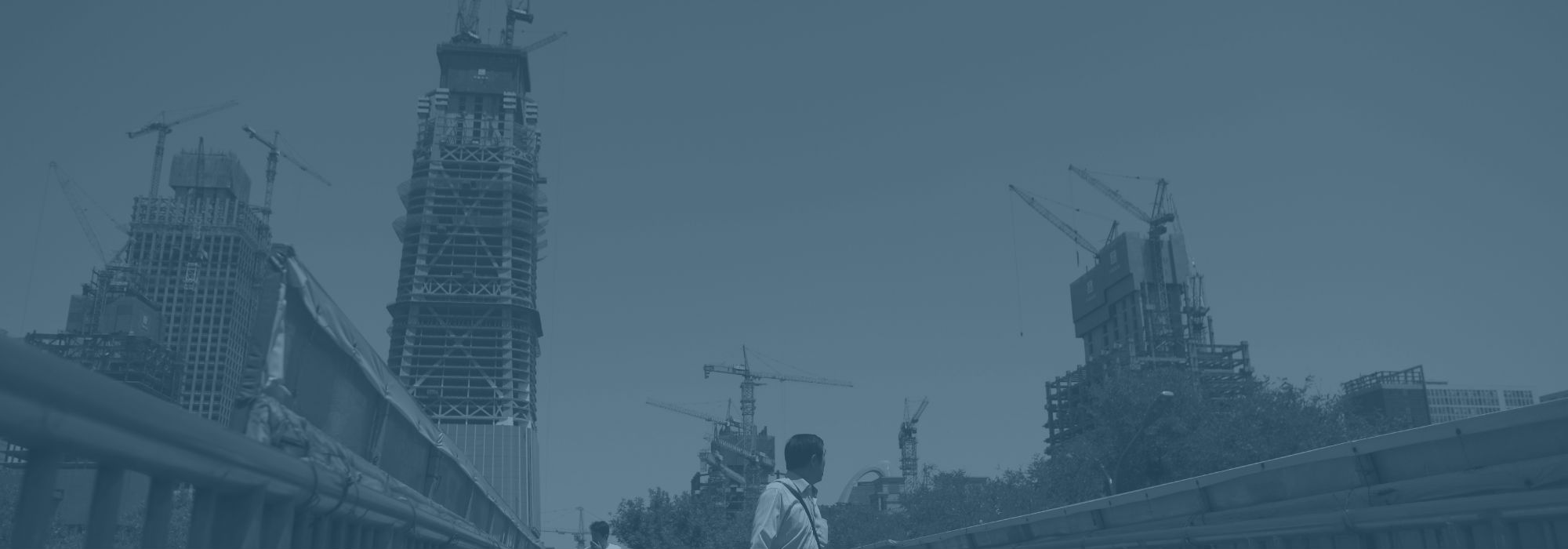By Brendan O’Reilly
Reuters analysts report that 25 percent of Chinese companies could not service their existing debt obligations in the first half of this year. Unproductive, mounting corporate debt is yet another symptom of a seriously imbalanced system. With the significant slowing trend in the Chinese economy, an expanding bubble in the housing market and weakened international trade, China is approaching either a financial crisis point or a prolonged period of economic inertia. Either outcome will have a dramatic impact upon the economic, social and political dynamics in the world’s second largest economy.
In a society where political stability has been secured primarily through rapid economic growth, it is extremely difficult for the Chinese leadership to fully address China’s mounting debt concerns. Besides the growing challenge of corporate debt, China also faces the relatively new threat of municipal debt. China’s municipal governments receive most of their income from land sales. Because of the ongoing housing boom, these sales have been extremely lucrative. However, thousands of municipal governments have taken out loans based on the assumption that income from land sales will always rise. These debts, like the balance sheets of China’s state-owned firms, are implicitly backed by the central government.
The state owns all the major commercial banks in China. Their purpose is primarily political, with economic considerations a very distant secondary concern. In the current Chinese decision-making system, state-owned banks are under enormous pressure to loan to other state-owned enterprises, regardless of the long-term fiscal rationality of these decisions. These practices generate massive amounts of unproductive debt and harm the economy by cutting off potentially dynamic private companies from sources of capital.
In China, moral hazard is accompanied by serious political risks. Beijing wants to avoid, if at all possible, a crisis that leads to either mass unemployment or mass inflation. Substantial unemployment would be disastrous for the hundreds of millions of migrant workers who have flooded China’s coastal cities in search of economic opportunities. Inflation would primarily affect China’s middle class.
Last year China burned through $513 billion in foreign currency reserves in order to prop up the yuan. This is odd behavior from an export-dependent economy, which one might reasonably expect to allow its currency to depreciate substantially to boost exports. But Beijing’s chief economic concern has been capital flight. China still has a massive trade surplus and over $3 trillion in foreign currency reserves, but it is difficult to see how these reserves could be used to deal with the domestic debt crisis.
The continued massive bubble in the housing market further highlights structural imbalances in the Chinese economy. After the sharp stock market correction in 2015, Chinese savers once again placed their bets on the housing market. Housing prices have soared in the wake of the stock market plunge, especially in the largest cities. Shenzhen has seen prices spike more than 30 percent in this last year.
Essentially, Chinese money is eagerly searching for investments, rather than the other way around. There is nothing inherently wrong with large savings – so long as there is something worth investing in. Personal and institutional Chinese investors are buying stocks, property and any other assets they can get ahold of, both in China and abroad. This frenzied activity implies serious worries about inflation. The massive upheaval that gripped Beijing and other major Chinese cities in 1989 began as a student movement, but it only achieved mass appeal and threatened the existing regime because of society-wide fears over inflation. In 1989, the inflation rate was 25 percent.
There are some bright spots, most notably increased consumer spending. But consumer spending depends on consumers having jobs. The truth behind the Reuters report is that about a quarter of Chinese businesses shouldn’t be in business. The Chinese government will try to work some policy magic to keep these businesses going, so as to maintain consumer spending and, far more important, to avoid the dangers of large-scale unemployment. But Chinese policies, like policies everywhere, are hopes and wishes. Reality is another matter.
The bottom line is that the Chinese model that worked so well over the last three decades has run its course. China cannot depend on endless streams of young workers moving into cities, endless infrastructure investments, an endless housing boom and a bottomless cache of foreign reserves. Ready or not, serious structural changes are coming to the Chinese economy. China’s leaders will try to use incremental measures – such as interest rate cuts – to smooth out the rough edges of the economy. However, eventually, the structural issues will need to be addressed or else they will manifest in dangerous ways.








